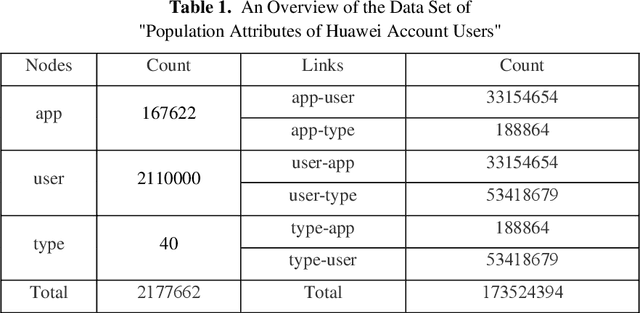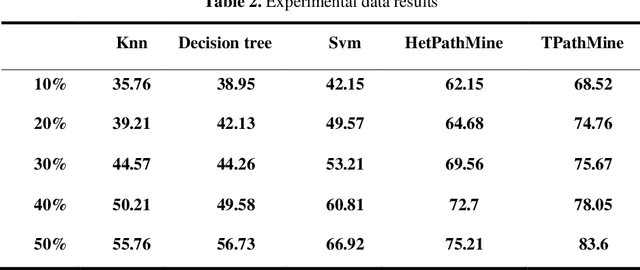Hekai Zhang
A Diff-Attention Aware State Space Fusion Model for Remote Sensing Classification
Apr 23, 2025Abstract:Multispectral (MS) and panchromatic (PAN) images describe the same land surface, so these images not only have their own advantages, but also have a lot of similar information. In order to separate these similar information and their respective advantages, reduce the feature redundancy in the fusion stage. This paper introduces a diff-attention aware state space fusion model (DAS2F-Model) for multimodal remote sensing image classification. Based on the selective state space model, a cross-modal diff-attention module (CMDA-Module) is designed to extract and separate the common features and their respective dominant features of MS and PAN images. Among this, space preserving visual mamba (SPVM) retains image spatial features and captures local features by optimizing visual mamba's input reasonably. Considering that features in the fusion stage will have large semantic differences after feature separation and simple fusion operations struggle to effectively integrate these significantly different features, an attention-aware linear fusion module (AALF-Module) is proposed. It performs pixel-wise linear fusion by calculating influence coefficients. This mechanism can fuse features with large semantic differences while keeping the feature size unchanged. Empirical evaluations indicate that the presented method achieves better results than alternative approaches. The relevant code can be found at:https://github.com/AVKSKVL/DAS-F-Model
Higher-Order Attribute-Enhancing Heterogeneous Graph Neural Networks
Apr 16, 2021



Abstract:Graph neural networks (GNNs) have been widely used in deep learning on graphs. They can learn effective node representations that achieve superior performances in graph analysis tasks such as node classification and node clustering. However, most methods ignore the heterogeneity in real-world graphs. Methods designed for heterogeneous graphs, on the other hand, fail to learn complex semantic representations because they only use meta-paths instead of meta-graphs. Furthermore, they cannot fully capture the content-based correlations between nodes, as they either do not use the self-attention mechanism or only use it to consider the immediate neighbors of each node, ignoring the higher-order neighbors. We propose a novel Higher-order Attribute-Enhancing (HAE) framework that enhances node embedding in a layer-by-layer manner. Under the HAE framework, we propose a Higher-order Attribute-Enhancing Graph Neural Network (HAEGNN) for heterogeneous network representation learning. HAEGNN simultaneously incorporates meta-paths and meta-graphs for rich, heterogeneous semantics, and leverages the self-attention mechanism to explore content-based nodes interactions. The unique higher-order architecture of HAEGNN allows examining the first-order as well as higher-order neighborhoods. Moreover, HAEGNN shows good explainability as it learns the importances of different meta-paths and meta-graphs. HAEGNN is also memory-efficient, for it avoids per meta-path based matrix calculation. Experimental results not only show HAEGNN superior performance against the state-of-the-art methods in node classification, node clustering, and visualization, but also demonstrate its superiorities in terms of memory efficiency and explainability.
Mobile APP User Attribute Prediction by Heterogeneous Information Network Modeling
Oct 06, 2019



Abstract:User-based attribute information, such as age and gender, is usually considered as user privacy information. It is difficult for enterprises to obtain user-based privacy attribute information. However, user-based privacy attribute information has a wide range of applications in personalized services, user behavior analysis and other aspects. this paper advances the HetPathMine model and puts forward TPathMine model. With applying the number of clicks of attributes under each node to express the user's emotional preference information, optimizations of the solution of meta-path weight are also presented. Based on meta-path in heterogeneous information networks, the new model integrates all relationships among objects into isomorphic relationships of classified objects. Matrix is used to realize the knowledge dissemination of category knowledge among isomorphic objects. The experimental results show that: (1) the prediction of user attributes based on heterogeneous information networks can achieve higher accuracy than traditional machine learning classification methods; (2) TPathMine model based on the number of clicks is more accurate in classifying users of different age groups, and the weight of each meta-path is consistent with human intuition or the real world situation.
 Add to Chrome
Add to Chrome Add to Firefox
Add to Firefox Add to Edge
Add to Edge